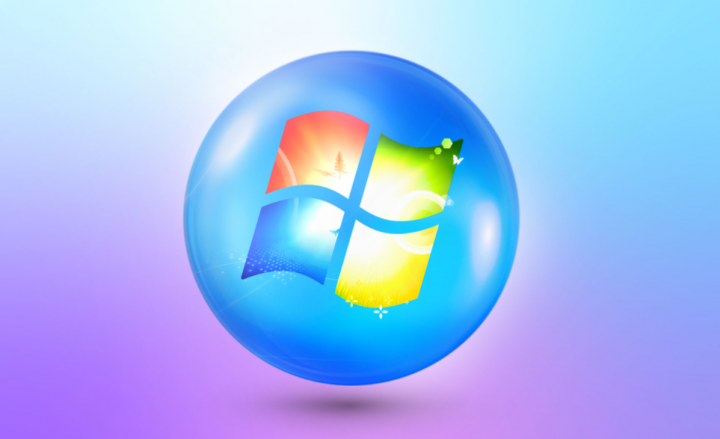
If you are getting an Access Denied error in Windows 7 then you are not alone actually. This error is really common and occurs because of permission issues. There are also some files and folders that are meant only for Administrators to access. If you guys are not an administrator then you cannot access it and will instead get an Access Denied error as well. In this article, we are going to talk about Windows 7 Access Denied – Ownership and Permission
If you want to enhance security Microsoft has even denied Administrators access to some folders. The way in order to fix this error is to provide yourself permission in order to access the file or folder. This can be done via going to Properties and then navigating to the Security tab.
Remember that we are talking about two different things actually– Permission and Ownership. With giving all permission to your account, you guys will be able to get complete control of a folder. However, in some cases only the owner can assign the permission for many users, we will also cover how you can change the ownership as well.
Contents [hide]
Windows 7 Access Denied – Ownership and Permission
Changing Ownership
First, let’s talk about ownership. In order to change ownership, right-click any file or folder, choose Properties, and go to the Security tab. Now tap on the Advanced button(shown in the screenshot below).
Changing Permission
If you guys are an administrator and cannot access a folder, then this is because of permission error. To provide complete permission to yourself, right-tap on the file or folder and choose Properties. Now head to the Security tab, and hit the Edit button.
Here choose your username(account) and check the Full Control checkbox. When done, then tap on OK. Note that whenever you will check the Full Control checkbox, all others will be automatically checked as well.
Update: This method is not working for many users. Because many folders and files are locked, the only way to access them is to first unlock them via LockHunter.
Now go ahead and open the file or folder and you will be able to access it as well. Now note that Permissions is a really great way to lock your folder too.
Lock and Password Protect
- In order to lock a folder, right-click on that folder and choose Properties. Now navigate to the Security tab, and tap on Edit as shown in the screenshot below.
- A new window will then pop up, now under “Group and User Names”, choose the user from the list whom you want to deny access to a particular folder, now under “Permissions for Users” check the Deny checkbox next to Modify(all other checkboxes will get ticked automatically) as shown in the screenshot below as well.
- Tap on OK and then tap on Yes when a Windows Security window will pop up as shown in the screenshot below.
- Now tap on OK again and you are done. Now the particular user that you selected from the list will be denied access to this folder. If you guys find it hard to change file access permission for particular users each time you want to password protect a folder. Hava looks at LocK A FoldeR, an application for Windows that lets you password protect folders along with a tap.
- For the first-time user, it asks you in order to enter the master password to avoid others from accessing the application.
- Just enter the password to open the main interface. Now, tap on Lock a Folder, now enter the master password, select the folder(s) you want to lock, and then tap on Lock it!.
- This will immediately password secure the folder and hide it from the source location. In order to unlock the folder, open the application, and click UnLock a Folder. It will ask you to enter a master password and then show all the locked folders. Just choose the folder you want to unlock, and then tap on Unlock It!. It’s that simple!
Conclusion
Alright, That was all Folks! I hope you guys like this article and also find it helpful to you. Give us your feedback on it. Also if you guys have further queries and issues related to this article. Then let us know in the comments section below. We will get back to you shortly.
Have a Great Day!






